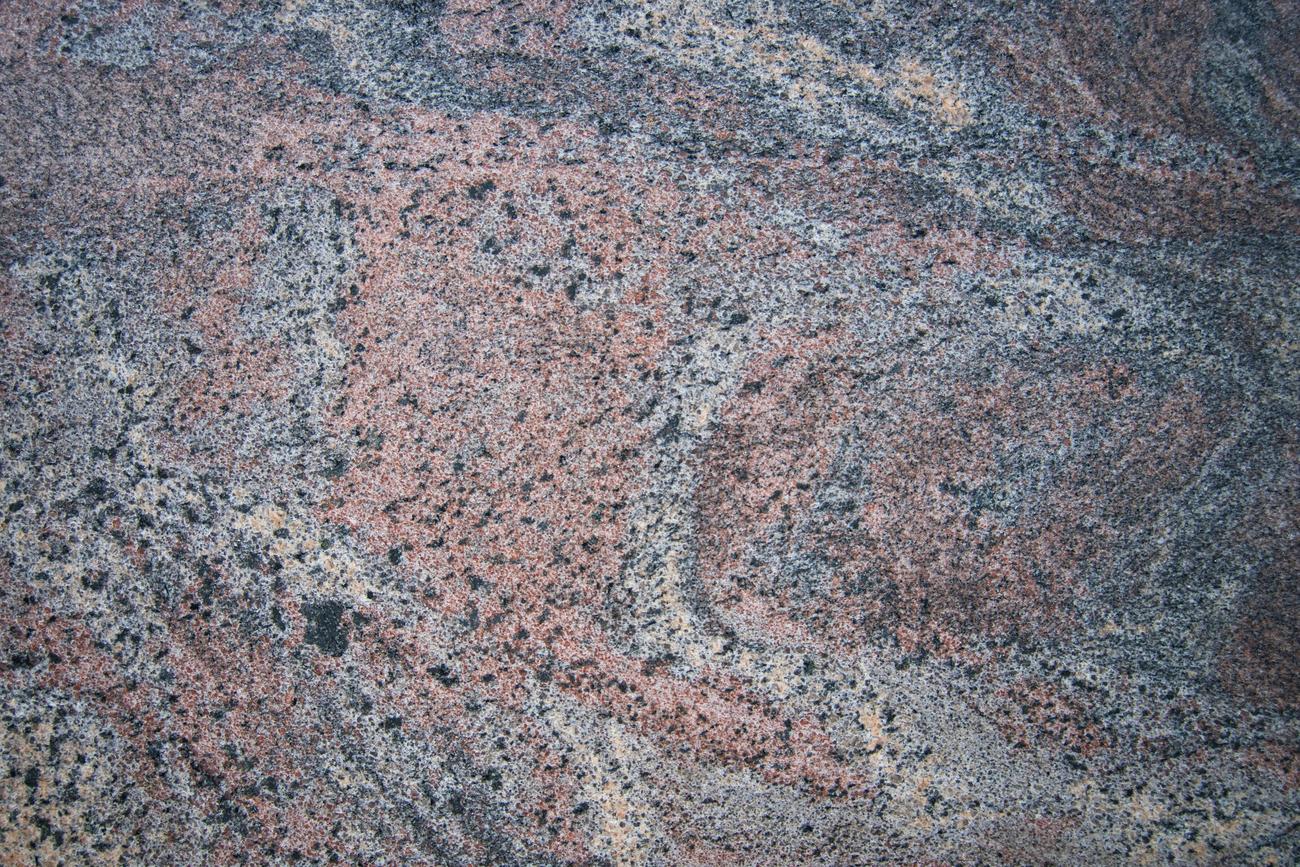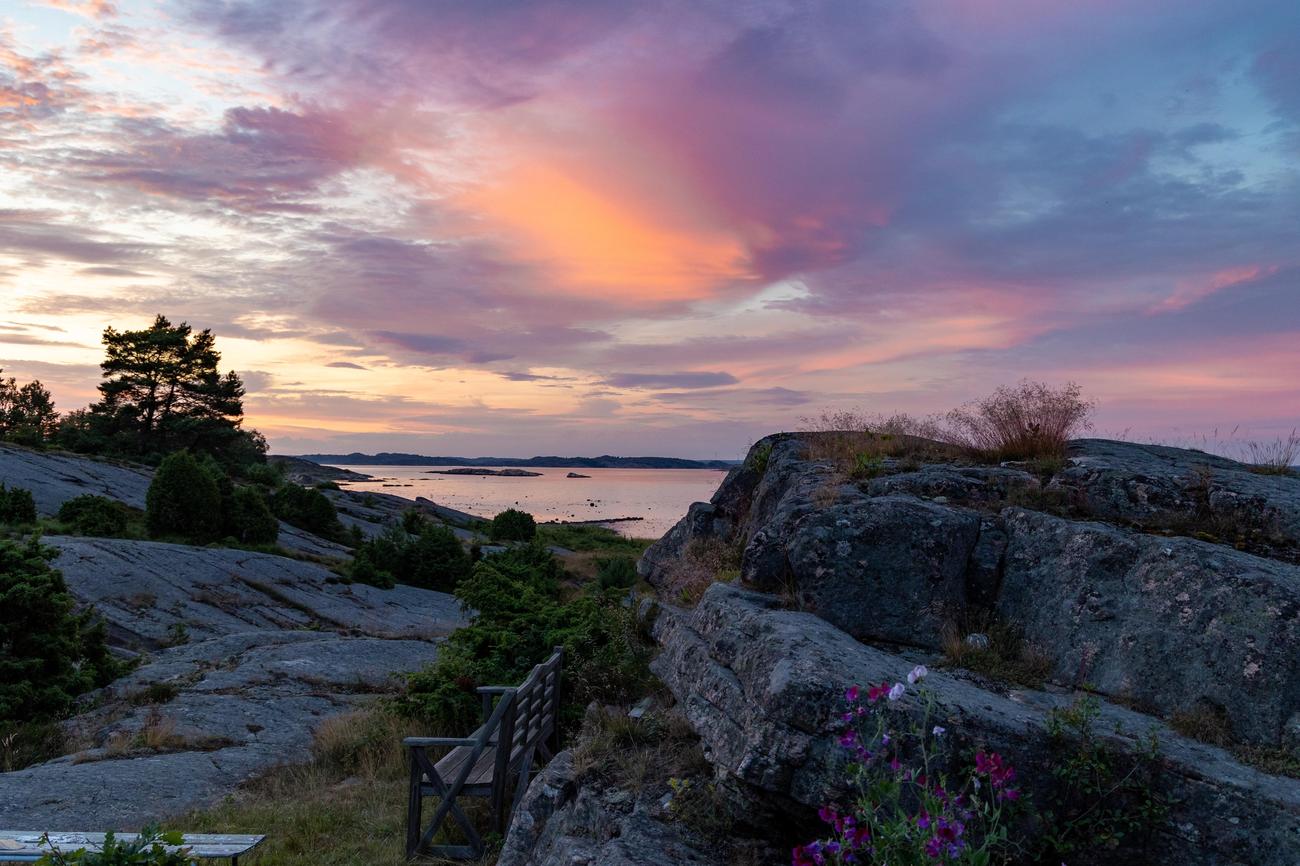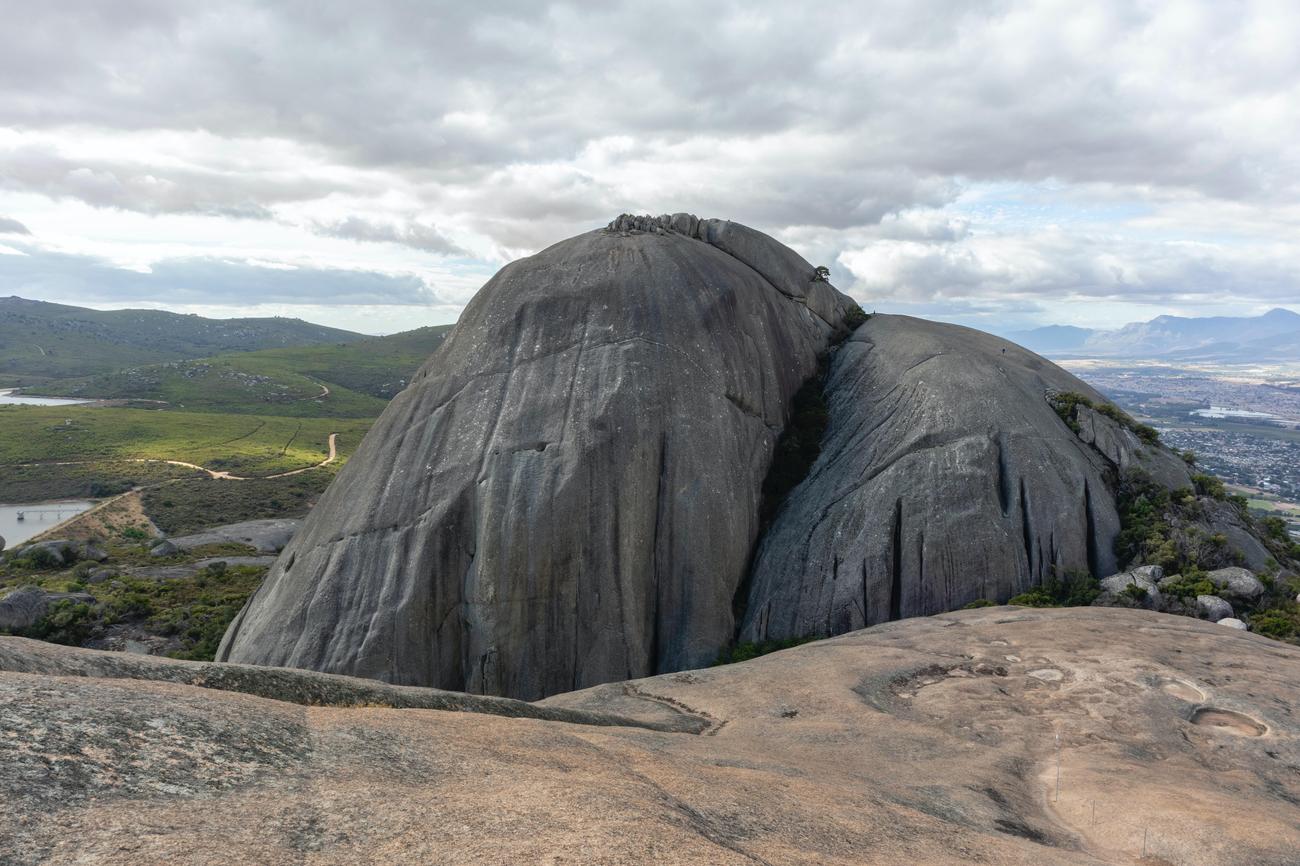Step into a world where nature’s artistic mastery takes center stage, where towering pillars of stone defy imagination, and where a seemingly mundane rock transforms into a mesmerizing work of art. Welcome to the enigmatic world of bizarre granite formations, where the secrets of Earth’s geological evolution are etched into these remarkable structures. In this captivating article, we embark on a journey of discovery, exploring the awe-inspiring beauty and perplexing origins of these extraordinary geological wonders. So, fasten your seatbelts and get ready to unravel the mysteries that lie within the mesmerizing world of bizarre granite formations.

Bizarre Granite Formations
When it comes to Earth’s geological wonders, few formations captivate the imagination quite like bizarre granite formations. These peculiar formations, with their intricate patterns and enigmatic origins, have intrigued geologists and explorers for centuries. As someone deeply immersed in the study of these formations, I have unraveled the mysteries behind them, shedding light on their unique characteristics and captivating secrets.
The Fascinating World of Granite
Granite itself is an igneous rock formed through the slow cooling and solidification of magma deep within the Earth’s crust. Its composition, primarily consisting of quartz, feldspar, and mica, is responsible for its characteristic appearance and durability. The interplay of these minerals gives granite its mesmerizing pattern and texture, which become even more intriguing when it forms into bizarre formations.
Unveiling the Capo Testa Wonder
One such location that boasts an array of bizarre granite formations is Capo Testa in Sardinia, Italy. These formations, sculpted by the relentless forces of wind and waves, showcase the incredible power of natural erosion over time. As you gaze upon the weathered granite structures, you can’t help but marvel at the beauty and complexity that has emerged from this geological dance.
A Controversial History
The study of granite formations has not been without its controversies. One notable debate, known as the Granite Controversy, revolved around the origin of granite. Neptunism proponents argued that granite was sedimentary in nature, deposited by ancient oceans. On the other hand, Plutonism advocates believed granite originated from molten rock that intruded into existing layers. This clash of theories highlights the ever-evolving nature of scientific understanding and reinforces the importance of rigorous investigation.
Granite’s Global Presence
While Capo Testa is undoubtedly an iconic site for bizarre granite formations, these fascinating structures can be found in various corners of the world. Barre granite, originating from the southwest region of Burlington, Vermont, is renowned for its use as a building material in monuments and gravestones. Similarly, black granite, a term used in the construction industry, denotes black rocks with the hardness and strength of granitic rocks. Black granite can encompass various rock types such as gabbro, diabase, basalt, diorite, norite, or anorthosite. These examples highlight the versatility and widespread occurrence of bizarre granite formations.
Nature’s Unpredictable Artistry
Sometimes, nature’s sculptures surpass all imagination. In Siberia, a massive and bizarre 65ft-tall rock formation was discovered, standing as a testament to the immense power and creativity of geological processes. As geologists, we are constantly humbled by the incredible forms nature can create, pushing the boundaries of our understanding and fueling our desire to unravel every secret hidden within these mesmerizing granite formations.
Unveiling the Untold Stories
Through years of meticulous fieldwork and research, I have immersed myself in the complexity of granite formations. My expertise has allowed me to uncover the secrets buried deep within these geological wonders, piecing together the puzzle of their formation. With each discovery, I am driven to share these untold stories, deepening our understanding of the enigmatic world of bizarre granite formations.
In conclusion, bizarre granite formations are not just geological curiosities; they are gateways into the captivating wonders of Earth’s history. As we continue to explore and study these formations, we uncover extraordinary stories, expand our knowledge, and gain a deeper appreciation for the beauty and marvels of our planet. Join me on this journey as we unravel the mysteries of these remarkable formations and witness the incredible power of nature’s artistry firsthand.
“Bizarre granite formations invite us to step into a world where nature’s creativity knows no bounds, where each formation tells a story written in stone.”
Did you know that granite is not just a beautiful natural stone, but also a material that holds many weird facts? From its origins deep within the Earth to its use in ancient monuments, there is so much to explore about granite. If you’re curious to learn more, click here to discover some fascinating weird facts about granite: Weird Facts About Granite.

FAQ
Question 1:
What are bizarre granite formations?
Answer 1:
Bizarre granite formations are unique geological structures made of granite rock that display unusual shapes, patterns, or characteristics. These formations are often found in specific locations and are the result of various geological processes.
Question 2:
Where can bizarre granite formations be found?
Answer 2:
One notable location for bizarre granite formations is Capo Testa in Sardinia, Italy. This site is known for its mesmerizing granite rock formations that have captivated geologists and visitors alike. Other locations around the world may also have similar formations depending on the geological conditions.
Question 3:
How do granite formations erode over time?
Answer 3:
Granite formations can undergo erosion over time due to various factors such as weathering, exposure to wind and water, and chemical processes. These processes gradually break down the granite, shaping it into intriguing and peculiar formations.
Question 4:
What is the Granite Controversy between Neptunism and Plutonism?
Answer 4:
The Granite Controversy refers to a historic scientific debate that occurred in the late 18th and early 19th centuries. It centered around the origin and formation of granite rocks. Neptunism argued that granite was formed from sedimentary processes, while Plutonism proposed that granite was of volcanic origin. The controversy played a significant role in advancing the understanding of granite formations.
Question 5:
What is the character and formation of granite rocks?
Answer 5:
Granite rocks are characterized by their coarse-grained texture, composed primarily of minerals such as quartz, feldspar, and mica. They typically form deep underground through the slow cooling and solidification of magma. As the magma cools, crystals begin to form and interlock, creating the distinct grainy appearance of granite. The presence of different minerals within the granite contributes to its unique color and pattern variations.
“`json
“`
















